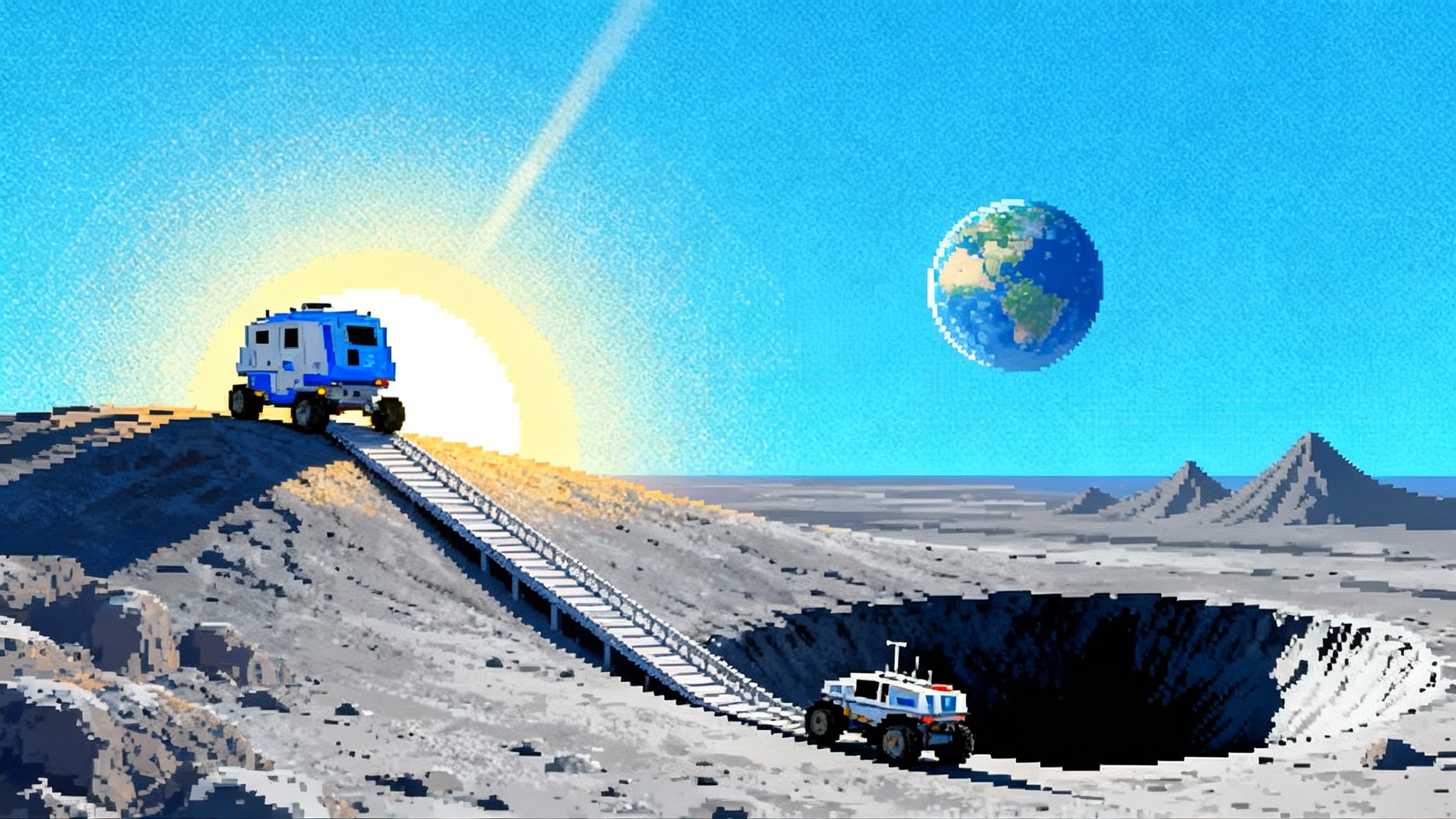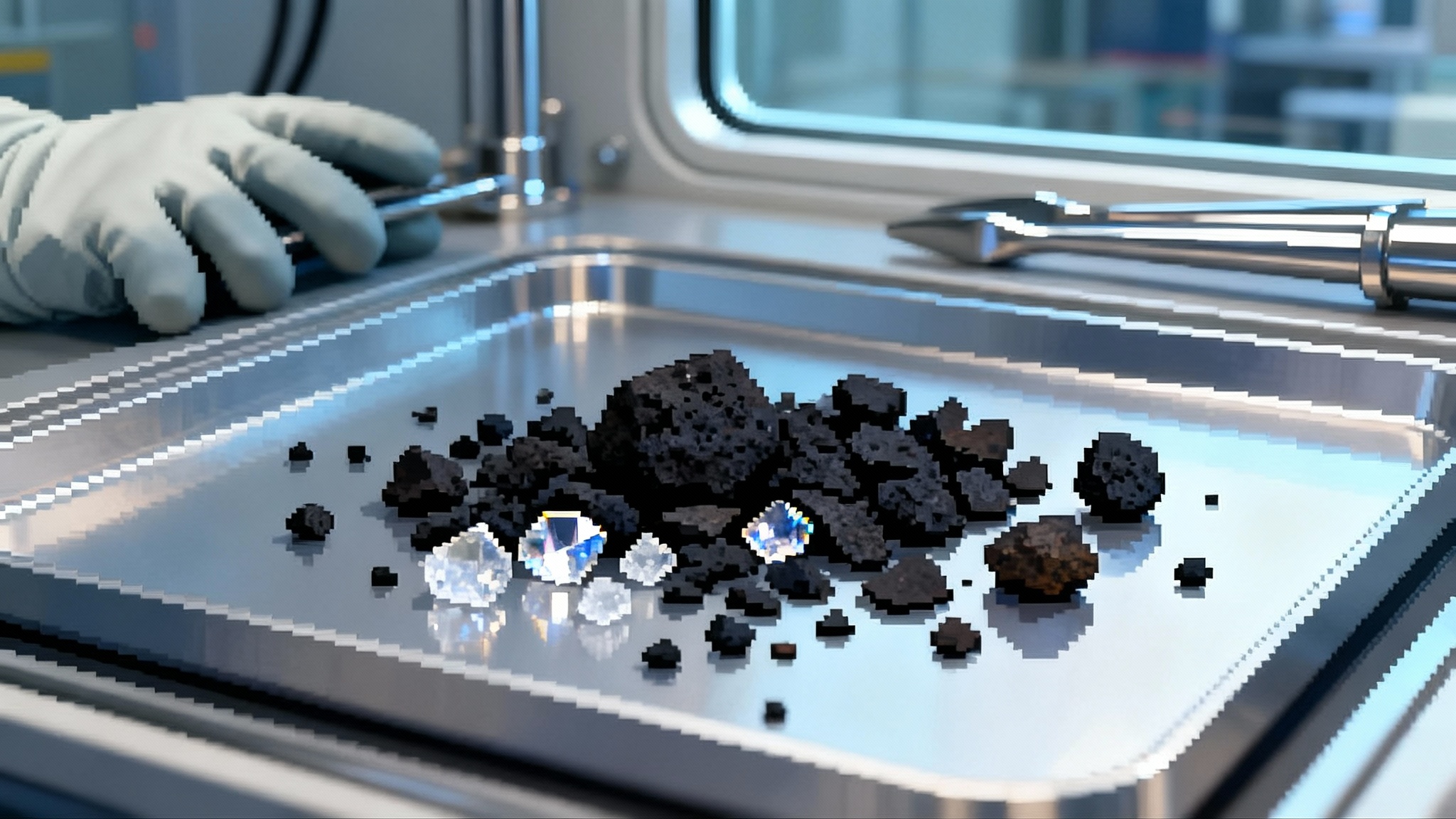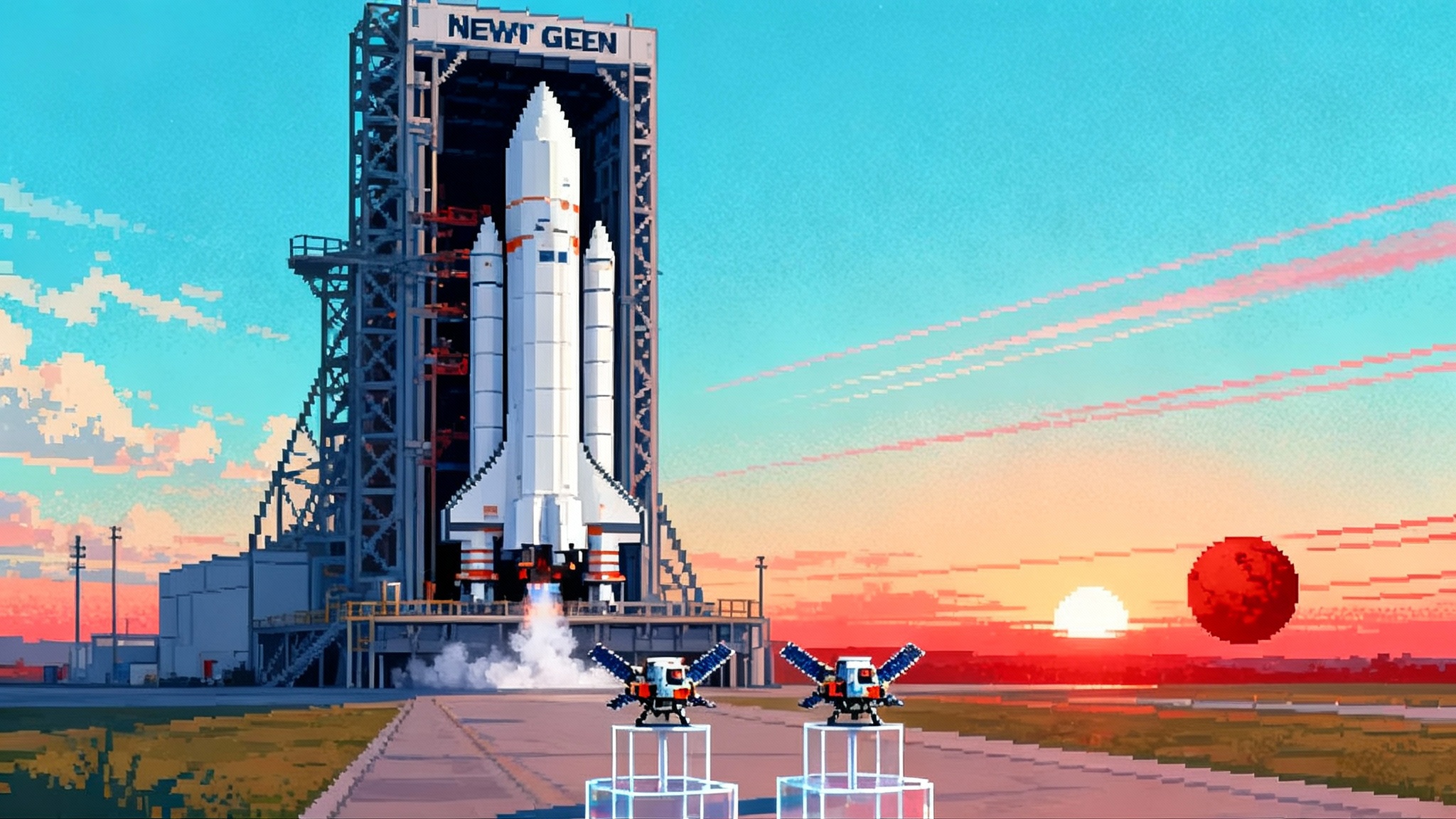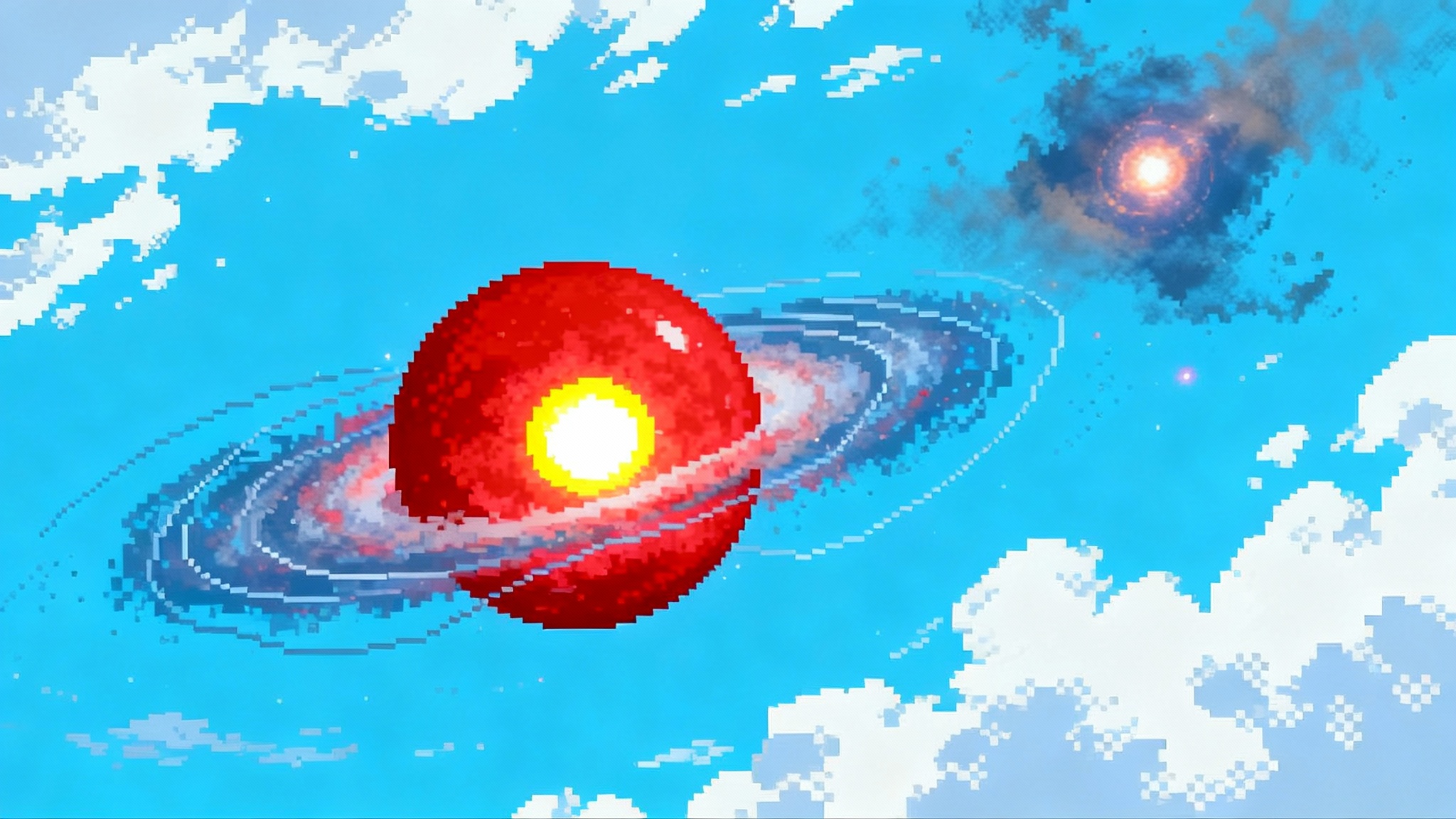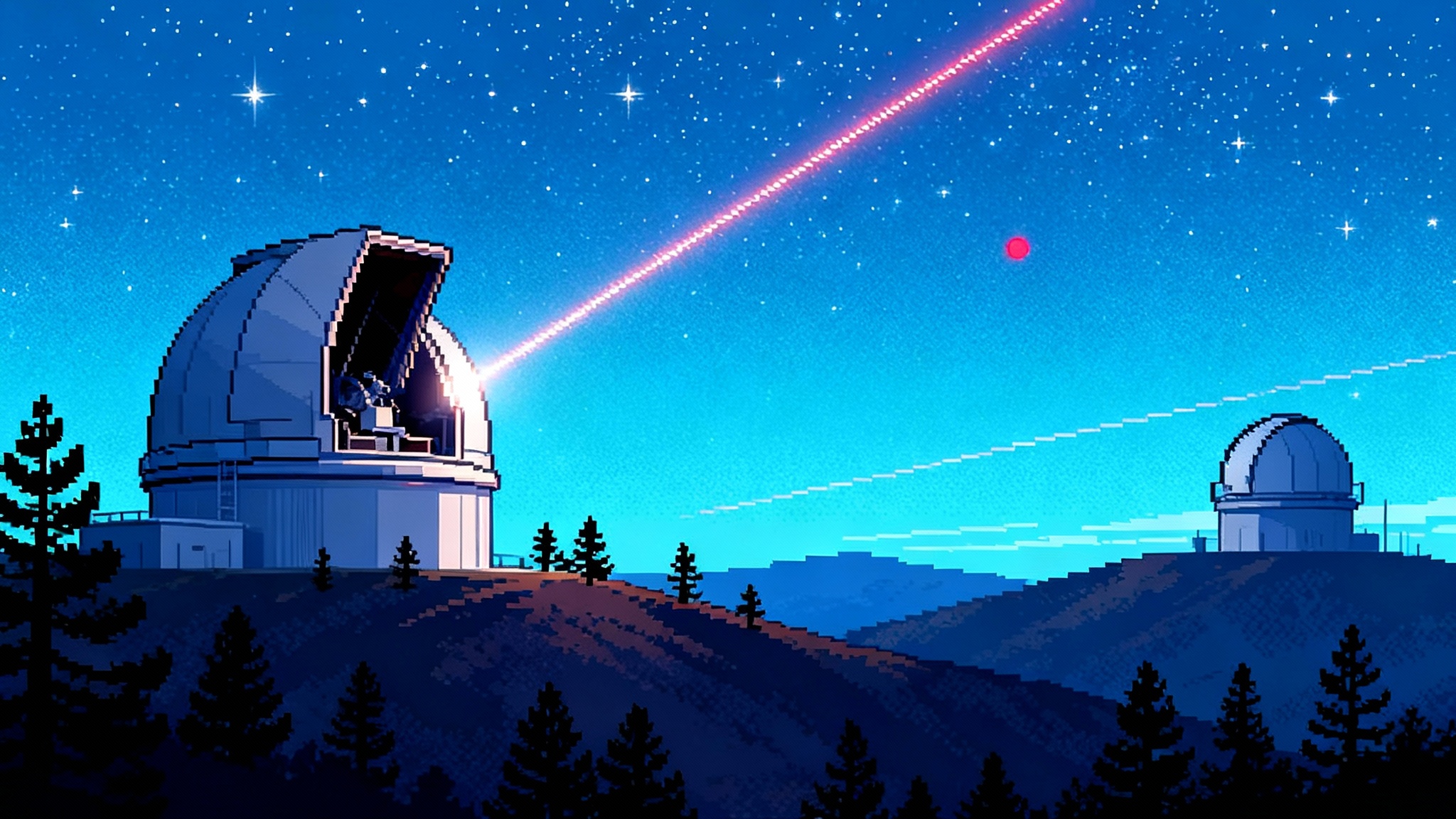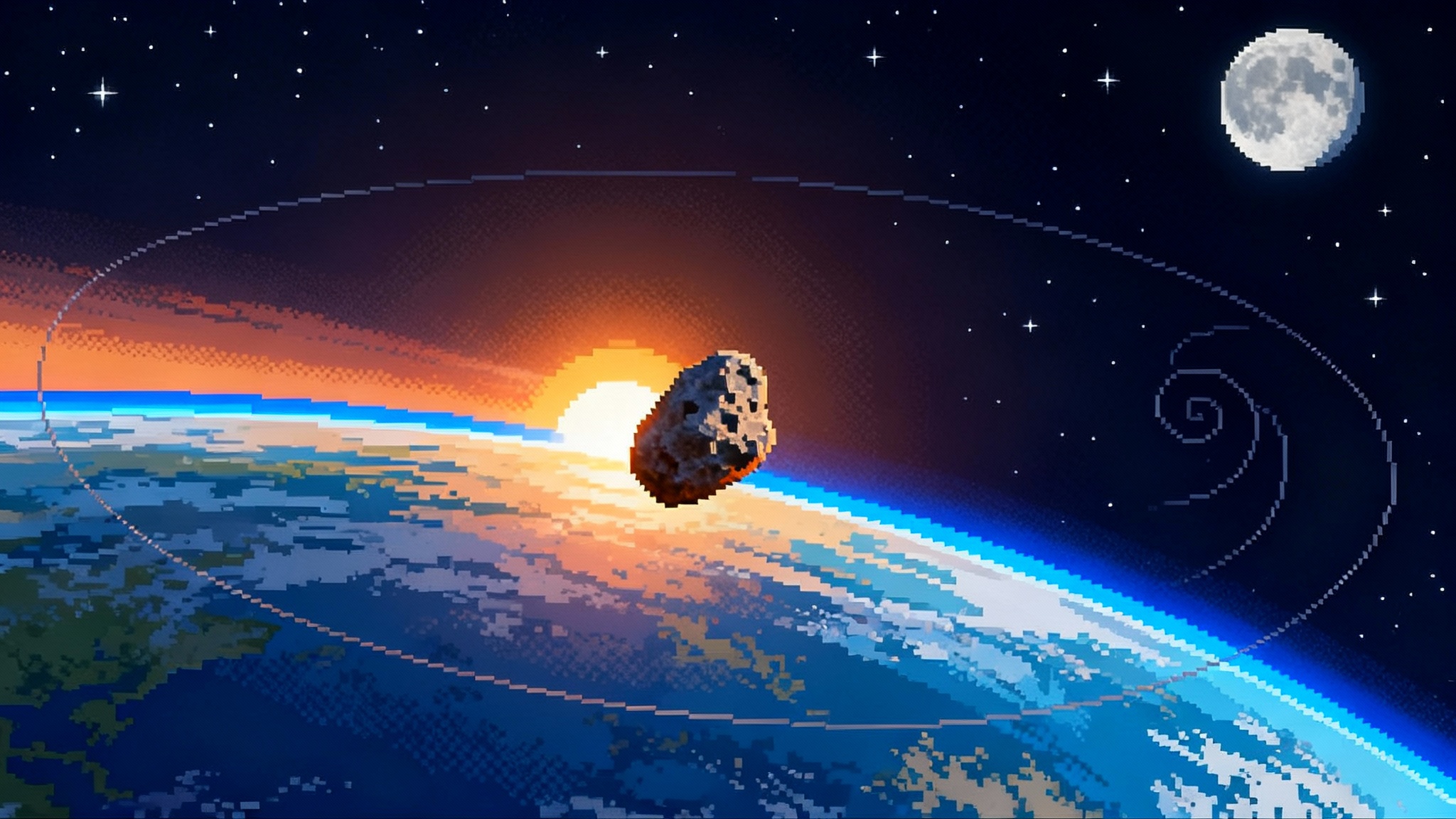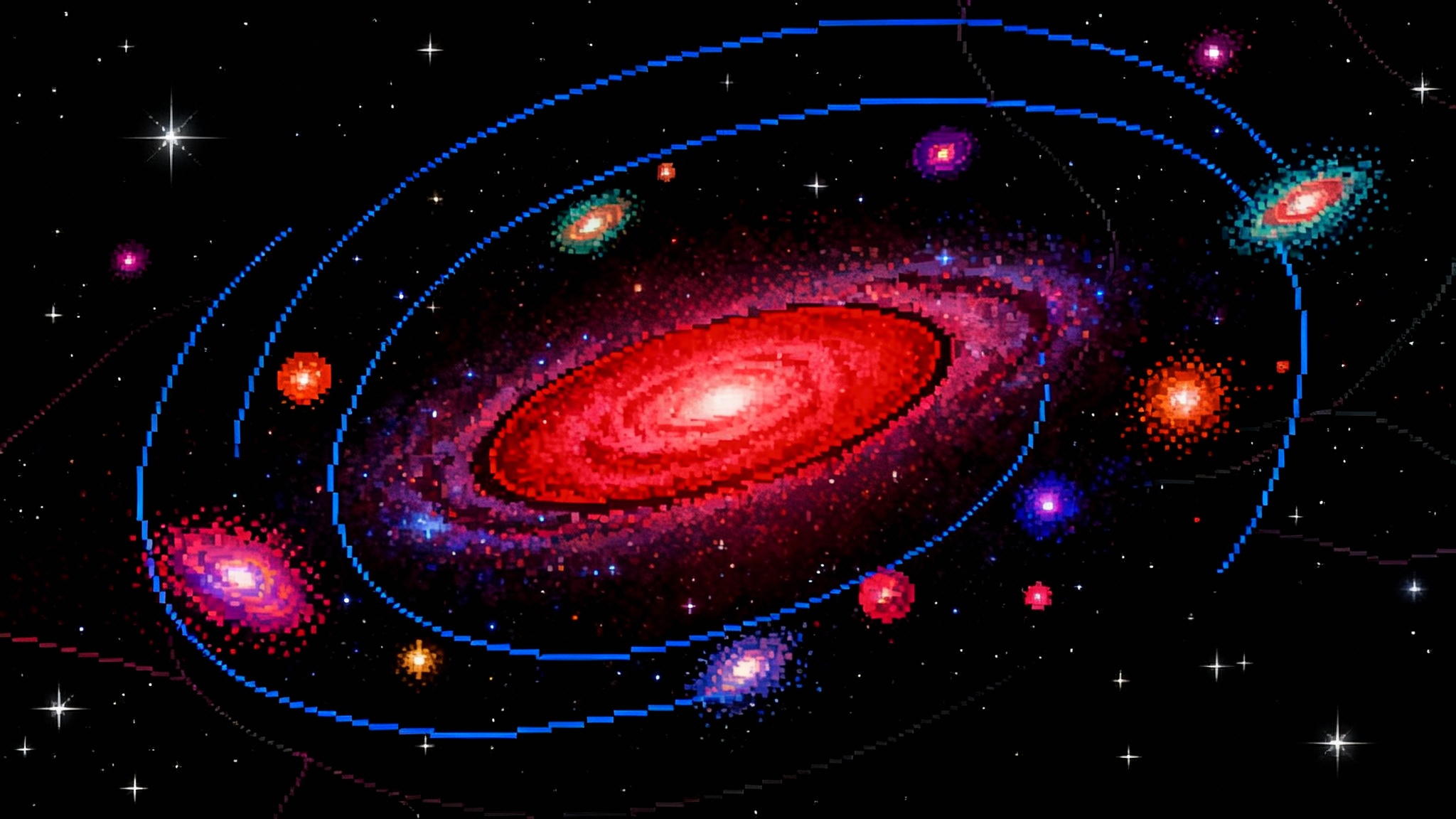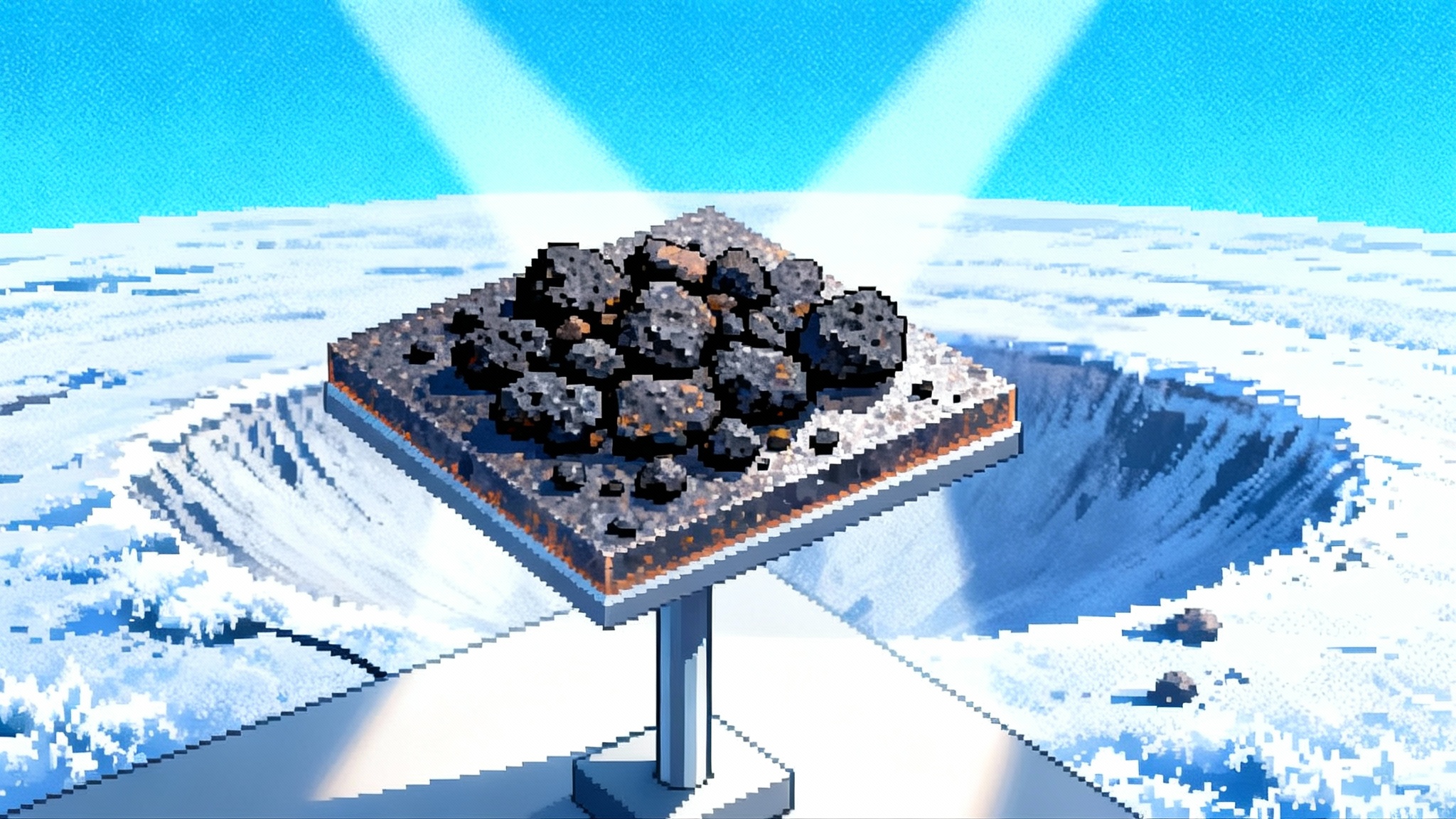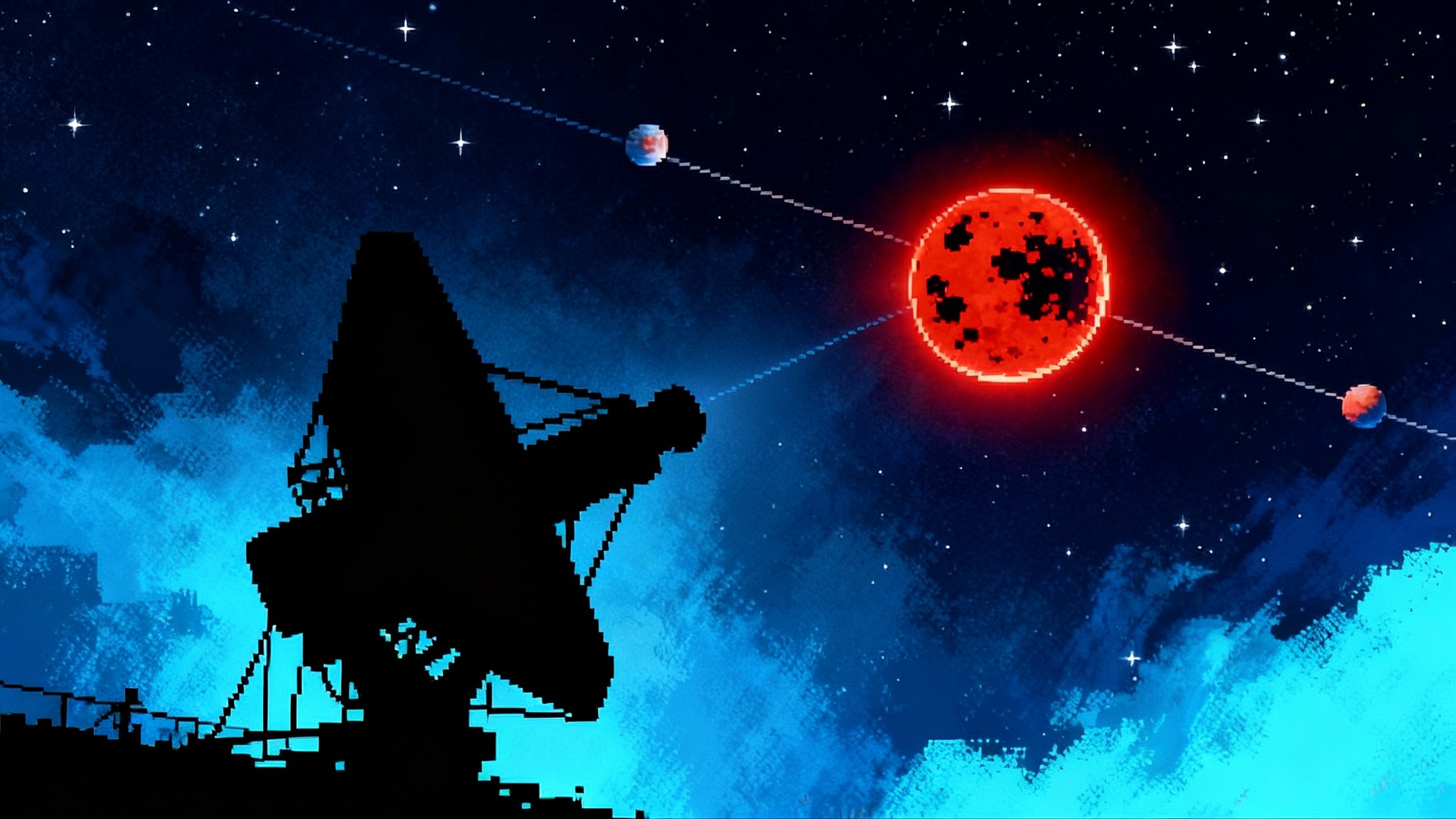PUNCH’s 3D Solar-Wind Movies Could Rewrite Forecasts
NASA’s four-satellite PUNCH mission has begun stitching polarized images into global 3D movies of coronal mass ejections and the solar wind, just as Solar Cycle 25 peaks. Here is how that upgrade could sharpen warnings for satellites, aviation, power grids, GPS, and astronauts.
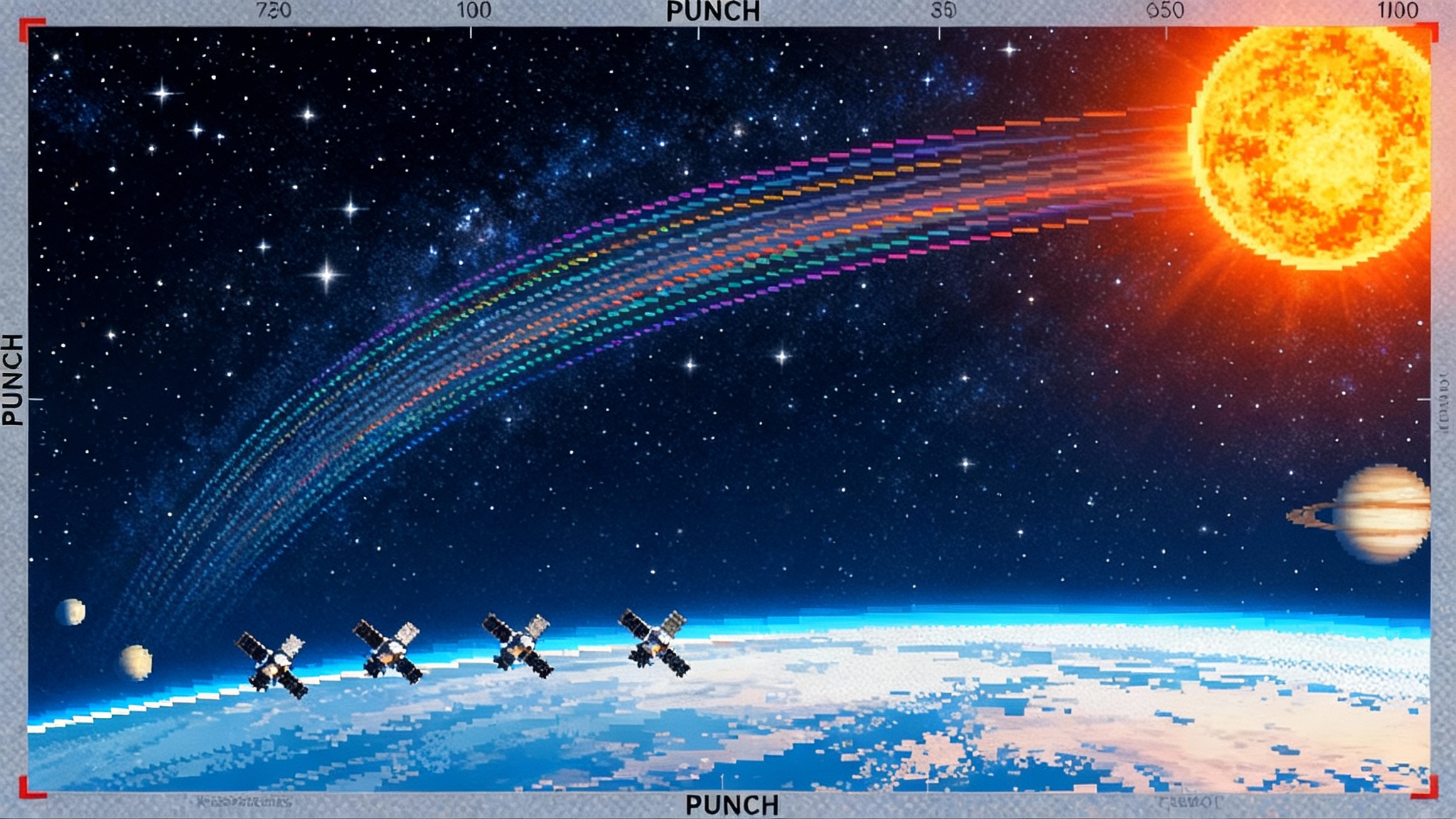
A new kind of view of a stormy Sun
On March 11, 2025, NASA launched PUNCH, a quartet of suitcase-sized satellites that fly in formation and watch the faint outer atmosphere of the Sun continuously. In June the team released its first stitched movies of coronal mass ejections, showing giant clouds erupting and sweeping across the inner solar system. For the first time, a dedicated constellation is recording the whole journey from corona to heliosphere in a way designed for 3D tracking, built from polarized light and overlapping vantage points. Together the four cameras act like a single instrument that turns the solar wind into something you can follow frame by frame, rather than infer from scattered snapshots. NASA's first CME movies from PUNCH marked the moment that promise went live.
This could be the inflection point space weather forecasters have waited for, landing just as Solar Cycle 25 reaches its most active phase. More frequent and complex eruptions mean more work for the people who keep satellites on orbit, airplanes on time, and power grids stable. PUNCH’s early movies hint at a step change in how fast and how confidently we can warn of real impacts.
How PUNCH makes 3D from a flat sky
Seeing the solar wind is hard. It is a billion times dimmer than the Sun and it fills the sky with delicate structure that looks different depending on where you stand. PUNCH attacks both problems at once.
- Polarized light as a depth cue: When sunlight scatters off electrons in the corona and solar wind, it becomes polarized in a way that depends on the 3D geometry. Each PUNCH camera cycles through three polarizing filters every few minutes and also takes clear images for calibration. With polarization angles and intensity ratios, the team can infer where a feature sits along the line of sight, not just its position on the sky.
- Multiple cameras in formation: Three Wide Field Imagers cover the sky from roughly 18 to 180 solar radii. A Narrow Field Imager is a coronagraph that blocks the bright disk to reveal finer structure closer in. The overlapping fields of view let the team stitch a panoramic movie that follows features as they expand and move outward.
- Aggressive background removal: Most of what the cameras see is not the solar wind. Starlight, zodiacal dust glow, and faint instrument glints all add clutter. The mission is commissioning image processing that removes more than 99 percent of the background, revealing only the moving electron-scattered sunlight that marks the wind itself.
The output is a set of polarized movies that can be turned into 3D reconstructions. That is the game changer. Instead of guessing a CME’s true size and aim from a single coronagraph, forecasters can measure its shape, direction, and expansion as it evolves.
Why 3D matters for warnings you can use
Space weather is about timing and targeting. A CME does not slam the whole planet at once. It arrives as a sprawling structure with a dense leading edge, a turbulent sheath, and a magnetic core that may be harmless or potent. The difference between a glancing blow and a head-on hit can be the difference between routine operations and a cascading outage.
- Direction and width: A 2D view can make a narrow, Earth-directed CME look like a wide shell, or vice versa. 3D geometry reduces those illusions, sharpening which regions are at risk.
- Speed and acceleration: CME fronts accelerate and decelerate as they exchange momentum with the background solar wind. Tracking the front in 3D constrains drag-based models and cuts arrival time errors.
- Mass and internal structure: Polarization helps estimate the electron content and therefore mass. That feeds energy and momentum estimates, which drive the severity of geomagnetic storms.
- Interaction of multiple eruptions: Back-to-back CMEs can merge, compress, or clear paths for each other. Movies that cover the whole inner heliosphere reveal those interactions while they are still unfolding.
Better geometry and dynamics translate into more reliable watches and warnings. For operators who must decide when to maneuver a satellite, reroute a flight, or delay an EVA, that reliability is what turns a forecast into an action.
The real-world stakes in plain language
- Satellites and space traffic: During strong storms, the upper atmosphere heats and puffs up, raising drag on low Earth orbit satellites. Constellations see increased maneuver counts, tracking residuals, and occasional service degradation. High-value spacecraft can also experience radiation-induced upsets that trigger reboots. If forecasters can call the arrival and duration more precisely, planners can stagger maneuvers, adjust duty cycles, and protect sensitive modes with confidence.
- Navigation and timing: GNSS signals bend and scintillate in a disturbed ionosphere, degrading both accuracy and availability. That ripples into everything from precision agriculture and survey work to drones and offshore operations. A few hours of warning that a CME-driven storm will push the auroral boundary equatorward lets providers and users switch to resilient modes, widen protection margins, or delay critical tasks.
- Power grids: Large geomagnetically induced currents can saturate transformers, trip protection schemes, and force operators to take lines out of service or reconfigure networks. Timing matters. If a control center knows a strong storm is due after local sunset, it can pre-stage crews, adjust reactive power reserves, and coordinate with neighbors.
- Aviation on polar routes: Aircraft flying over the poles rely on HF radio and satellite communications where ground stations are scarce. Storms can cause HF blackouts and degrade satcom. Knowing that a CME is Earth-directed and likely to trigger an HF-unfriendly event during a given window allows dispatchers to plan altitudes, routes, or departure times that preserve safety and schedules.
- Astronaut safety and EVA planning: Spacewalks are scheduled around radiation and communications risk. When a CME is headed for Earth and the radiation environment may change, EVA planners can shift timelines or build in safe-haven windows. For Artemis-era missions, where crews will work on the Moon with less shielding than the ISS, knowing the shape and speed of incoming structures days ahead will be vital. Lunar operations planning also connects to surface logistics like the Blue Moon MK1 ferry for VIPER.
Fusing PUNCH with Parker Solar Probe and Solar Orbiter
PUNCH watches the big picture from Earth’s neighborhood. Parker Solar Probe flies through the corona itself. Combine them and you get scale and detail at once. Parker measures the magnetic and particle signatures inside CMEs and the ambient wind, while PUNCH maps the entire structure that Parker is flying in. That pairing closes a long-standing gap between what we see and what we feel. NASA confirmed Parker’s 24th close pass in June 2025, again reaching 3.8 million miles from the Sun and collecting unprecedented in situ data that dovetail with PUNCH’s wide-field view. Parker's 24th close approach update shows why this synergy matters.
ESA and NASA’s Solar Orbiter adds a third vantage point with SoloHI heliospheric imaging and other instruments peering from off the Sun-Earth line. Looking ahead, the solar wind sampling at L1 described in IMAP at L1 reshapes exploration will complement PUNCH’s wide-field movies with direct measurements.
On the modeling side, 3D movies and in situ profiles become boundary conditions for heliospheric models that operational forecasters already trust. Better inputs mean better outputs. With more accurate CME shape, direction, and mass, the simulated arrival time and strength tighten, and ensemble spreads shrink. Reliable comms are part of the payoff for deep-space missions that will depend on links like DSOC's 218 million mile laser link.
What early PUNCH results already reveal
- Whole-CME tracking is practical: The first movies captured CMEs moving across the sky in all directions, not just as bright halos near the Sun. That is the first proof that a small, coordinated constellation can deliver synoptic heliospheric coverage designed for forecasting.
- Polarization is behaving as expected: Early images include colorized views of the zodiacal light created from the three polarizers. That confirms the cameras and calibration pipeline can recover polarization angles and degrees from very faint signals. The same technique is applied to the solar wind and CME features.
- The NFI coronagraph is resolving structure close to the Sun: Preliminary images show fine details in the low corona, the launch zone that sets a CME’s initial direction and topology. Those details are the seeds of later space weather.
- Background removal is the quiet hero: The mission is methodically stripping away starlight and dust glow so only the solar wind remains. That is the difference between a beautiful astronomy picture and an operational product that can be ingested by models without human hand-holding.
How this can change day-to-day operations
- Satellite operators: Instead of broad watches, expect targeted heads-up products that tag specific orbital regimes and time windows. Maneuver planning tools can ingest 3D CME trajectories and speed profiles directly. Constellation managers can automate drag mitigation strategies based on forecast density changes and storm duration.
- GNSS providers and high-precision users: Alerts that a storm will push ionospheric irregularities into certain latitude bands and local times let you preemptively widen integrity bounds, shift frequencies, or fall back to hybrid positioning modes. For users, that can mean rescheduling survey lines rather than losing a day to unexpected scintillation.
- Grid control rooms: Advanced notice that a dense sheath and strong southward magnetic field are likely to arrive during a specific evening peak gives time to stage mitigation. You can adjust transformer loading, coordinate dynamic reactive power support, and prepare operators for alarms that should be treated as nuisance rather than triggers.
- Airlines and dispatchers: With better certainty, you can decide hours in advance whether a polar route will face HF blackout risk. That means deliberate reroutes rather than last-minute diversions, with clearer fuel, crew, and slot planning.
- Mission control for astronauts: EVA windows can be moved with less disruption when uncertainties shrink. On the lunar surface, where shelter is limited, better lead time and confidence are mission reliability multipliers.
What to watch next in the two-year PUNCH mission
- Final formation and full-resolution cadence: As commissioning wraps, the four satellites will lock into their intended spacing. Expect longer, smoother, and more complete movies that the team can feed to tomography algorithms without gaps.
- Routine 3D reconstructions: The big prize is a daily pipeline that turns polarized intensity into 3D CME shapes, masses, and speeds, with uncertainty bars that forecasters can use operationally.
- Data fusion with Parker and Solar Orbiter: Watch for event studies where a CME seen by PUNCH is also crossed by Parker and tracked by Solar Orbit er. Those case studies will calibrate the models and set expectations for routine operations.
- Public data access and first community models: PUNCH data are planned to flow to open archives at the same time they reach the science team. Expect the space weather community to start assimilating them into research and prototype forecast models quickly.
- Solar Cycle 25 context: Activity remains high. The mission’s first full year will sample the busy side of the cycle, including complex, multi-eruption storms that have historically driven the largest impacts.
A forecast you can act on
The difference between seeing a storm and understanding it is depth. PUNCH’s four satellites are giving depth back to space weather imagery. Polarized movies and 3D reconstructions turn flat pictures into geometry, and geometry is what timing, targeting, and severity depend on.
PUNCH is not alone. It is arriving into a heliophysics fleet designed to work together. Parker dives in, Solar Orbiter flanks, and PUNCH stitches it all together. For operators who live with space weather, that means fewer surprises and more actionable hours. For astronauts heading back to deep space and to the Moon, it means safer EVA windows and better plans. For the rest of us, it means fewer outages and more predictable services in an electrified, connected world.
We will still have storms that humble our models. But with PUNCH’s first 3D views on the board and the pipeline maturing, forecasts will look less like estimates and more like plans. That is how you transform space weather prediction from art into engineering.
